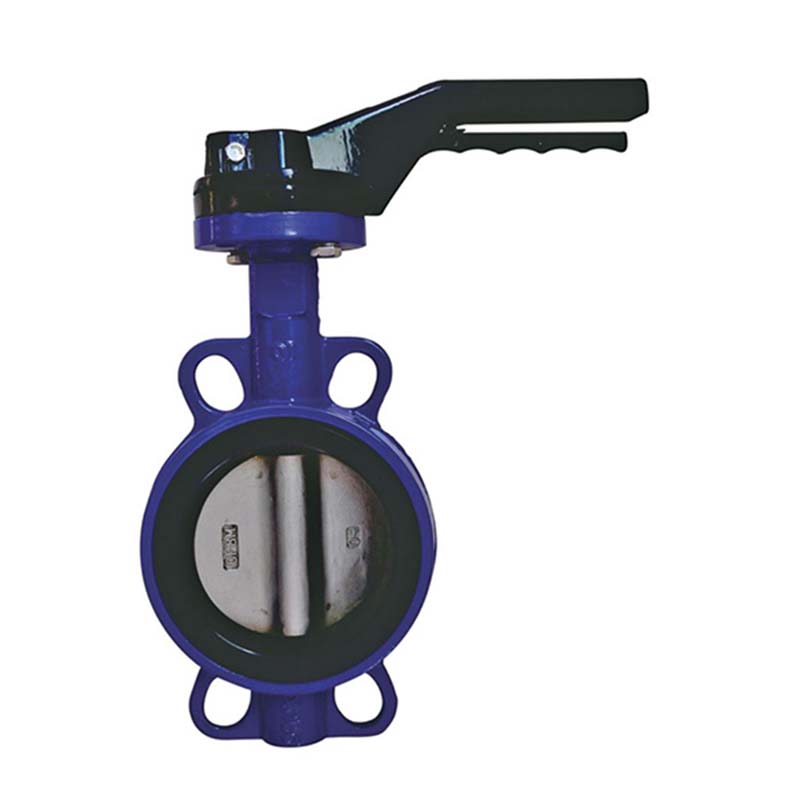9 月 . 24, 2024 16:52 Back to list
EPDM Rubber Expansion Joints for Enhanced Flexibility and Durability in Piping Systems
EPDM Rubber Expansion Joints Enhancing Flexibility in Industrial Applications
In various industrial applications, the need for flexibility and durability is paramount, particularly in piping systems that experience movement, vibration, and thermal expansion. One material that has gained significant recognition in this domain is EPDM (Ethylene Propylene Diene Monomer) rubber. EPDM rubber expansion joints are engineered to accommodate the inevitable changes in piping systems while ensuring that pressure, temperature, and movement are effectively managed.
What Are EPDM Rubber Expansion Joints?
EPDM rubber expansion joints are flexible connectors designed to absorb the stress caused by thermal expansion, vibration, and misalignment of pipes. The unique properties of EPDM rubber make these joints ideal for a range of applications, particularly in environments that experience extreme temperature fluctuations, as EPDM exhibits excellent thermal stability. Additionally, EPDM is resistant to many chemicals, making it suitable for use in various industries, including chemical processing, water treatment, and HVAC systems.
Key Benefits of EPDM Rubber Expansion Joints
1. Flexibility and Movement Accommodation One of the primary advantages of using EPDM rubber expansion joints is their ability to absorb vibrations and movements in piping systems. This flexibility prevents stress and potential failure in the pipes, extending the overall lifespan of the system.
2. Temperature Resistance EPDM can withstand a wide range of temperatures, from -40°F to 230°F (-40°C to 110°C). This thermal resilience allows EPDM expansion joints to perform well in both hot and cold environments, making them suitable for diverse industrial applications.
epdm rubber expansion joint

3. Chemical Resistance EPDM rubber boasts impressive resistance to a variety of chemicals, including acids, bases, and oxidizing agents. This characteristic is particularly beneficial in the chemical and petrochemical industries, where exposure to harsh substances is common.
4. Ease of Installation EPDM expansion joints are designed for easy installation, which can significantly reduce downtime in industrial operations. Their lightweight design and available configurations allow for quick integration into existing piping systems.
5. Cost-Effectiveness While the initial investment in EPDM rubber expansion joints might be higher than that of some conventional materials, their durability and low maintenance requirements lead to cost savings over time. The reduced risk of leaks and failures translates into lower repair and replacement costs.
Applications of EPDM Rubber Expansion Joints
EPDM rubber expansion joints are utilized across various industries. In the HVAC sector, they help to accommodate thermal expansion in ducts and piping. In water treatment facilities, EPDM joints ensure a tight seal while managing pressure changes as water is pumped through the system. The food and beverage industry also benefits from EPDM's non-toxic properties, allowing for safe use in systems that handle consumables.
Conclusion
In summary, EPDM rubber expansion joints play a crucial role in enhancing the functionality and longevity of piping systems within numerous industrial settings. Their unique properties—such as flexibility, temperature resilience, and chemical resistance—make them a preferred choice for engineers and maintenance teams aiming to optimize the performance of their systems. As industries continue to evolve and face new challenges, the importance of reliable and efficient solutions like EPDM rubber expansion joints will only continue to grow, underscoring their invaluable contribution to modern engineering.
Share
-
Understanding the Differences Between Wafer Type Butterfly Valve and Lugged Butterfly ValveNewsOct.25,2024
-
The Efficiency of Wafer Type Butterfly Valve and Lugged Butterfly ValveNewsOct.25,2024
-
The Ultimate Guide to Industrial Swing Check Valve: Performance, Installation, and MaintenanceNewsOct.25,2024
-
Superior Performance with Industrial Swing Check Valve: The Essential Valve for Any SystemNewsOct.25,2024
-
Industrial Swing Check Valve: The Ideal Solution for Flow ControlNewsOct.25,2024
-
You Need to Know About Industrial Swing Check Valve: Functionality, Scope, and PerformanceNewsOct.25,2024